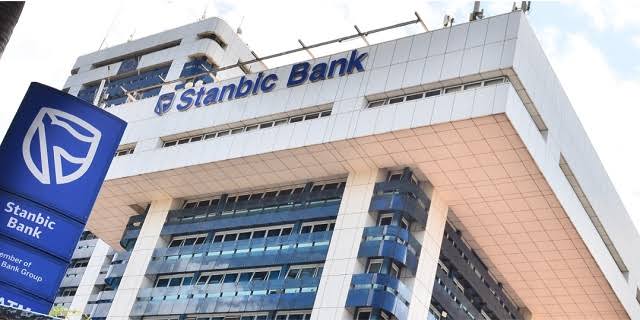Several commercial banks have announced resumption of full operations after the COVID-19 lockdown was lifted on most business activities across the country.
Tropical bank, Stanbic Bank, and Centenary Bank have written a note to customers that their doors will be open between 8:30 and 5pm, a step away from the last three months routine where the banks opened at 9am and closed at 3pm.
The banks say the changes took effect on Friday July 24, 2020. The extension of curfew and lifting of restrictions on public transport means banks can flexibly move staff and more customers are able to visit their branches.
Stanbic said in a note that “following the announcement of the new government guidelines and changes in the covid-19 precautionary measures, please be informed that Stanbic branches will revert to the regular banking hours effective July 24, 2020.”
Tropical Bank told customers its branches will now be open on Saturdays 9am to 1pm. So did Stanbic and Centenary Bank announce.
However, customers are not allowed into branches without a mask. Disruptions in transport and temporary shutdown of most businesses between April and July meant the banks were also affected even when they were declared essentials services and therefore permitted to stay open.
They cut down on working hours and most were closed on Saturdays. As more businesses open and people get back to their workplaces, banks see a surge in demand of their services.
The impact on banking activities stretch beyond opening and closing hours. In April, Bank of Uganda asked commercials banks to restructure running loans and give people holidays of up to 12 months.
As at the end of April, the Uganda Bankers’ Association (UBA) executive director Wilbrod Owor told Parliament commercial banks had restructured loans to a tune of 2.02 trillion Shillings as a result of the effects of the COVID-19 lockdown on businesses.
Bank of Uganda said in a report recently that the amount of money where borrowers have not made any payments for at least three months grew by 15% to 783 billion shillings between January and March, 2020. This is a growth from 666.3billion shillings of loans not being paid registered at December 2019.
This was before Uganda ordered a complete shutdown and banks asked to restructure loans. BOU is expected to announce an even higher number of non-performing loans in the subsequent reports.URN
